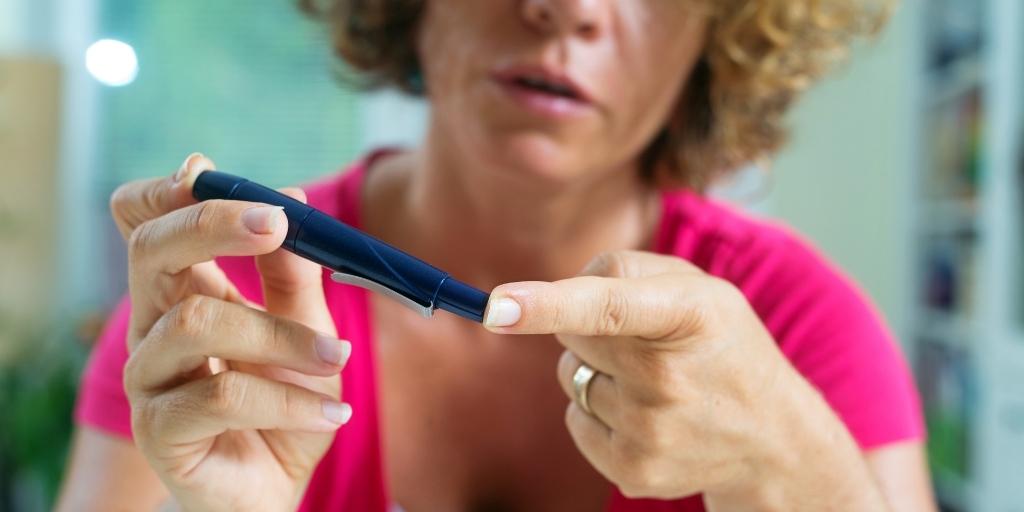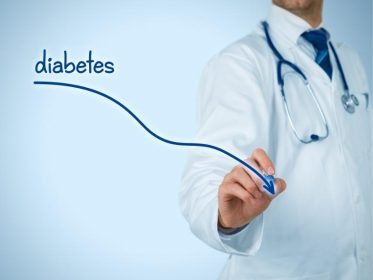- +1 888.407.0616
- info@mdchoicehospicecare.com
- Mon - Fri 9 AM - 5 PM

Nowadays, the problem of diabetes mellitus (DM) has acquired the scale of a global epidemic affecting the population of all countries and people of almost all ages. However, the problem is mainly crucial among the elderly.
The number of patients aged 65 and more and having diabetes is increasing at a crazy rate. As to WHO and NHANES (National Register of Health), this rate is related to several features that characterize the mental change in carbohydrate metabolism during aging.
Age-related changes, hence, are affecting the metabolism and the elderly become less tolerant of glucose. What happens next?
As the latest research has shown that every 10 years (after turning 50) glycemic increases by 0.055mmol. After eating (mainly in two hours), in fact, glycemic increases by 0.5mmol. And the fact is this highly affects our organism.
As we have mentioned before, diabetes affects metabolism. That is, our digestion system isn’t fully able to process the sugar we get from the food.
Every 1 individual out of 4 who is older than 65 generally has pre-diabetes. But why is it quite difficult when it happens to the elderly?

The peculiarities of the elderly patients are different and way difficult as aging brings a lot of side illnesses. Some patients with diabetes, for example, experience dementia which makes the treatment process even more challenging as they require thorough care. While others suffer from diabetes for a long time and are familiar with the disease. Hence, it is very important to choose the most appropriate treatment for each patient.
So, we can conclude that the tactics of treatment are mainly based on the syndromes and diseases the patients already have. The drawbacks traits of elderly patients and their ability to recognize drawbacks also differ. Patients over the age of 75 have a higher risk of complications, a higher risk of death due to a hyperglycemic crisis, and are more likely to be admitted to the emergency department for hypoglycemia than younger patients.
First of all, you should consult a doctor as each person requires a specific approach. However, there are some basic rules to take into account and follow when taking care of elderly with diabetes;
As aging brings a lot of difficulties, you should consider helping your loved ones with daily chores.
It’s really important also to monitor the disease and medication reactions as well as changes they made.
Along with physical support, family support is also crucial from the psychological aspect.
What concerns the daily diet, you will need to follow some instructions such as eating regularly and balanced. These rules are applicable for each of us even if we don’t have diabetes. Compliance with the principles protects sudden spikes in glucose levels and prevents dangerous critical conditions.
The usual diet of a patient with diabetes includes
The recommended rate of physical activity is to maintain a minimum of 10,000 steps per day. Life and well-being depend on movement. The daily activity of a patient may include a half-hour walk in the park at a calm pace, walking the pet or light morning exercises, aerobics, etc.
Physical activity, especially daily exercises, is an integral part of broad diabetes care, which can have positive results, especially for type II diabetes patients. Lack of mobility and obesity contribute to the development of glucose intolerance in humans. Regular physical activity helps to reduce the amount of fat in the body, increases the level of “good” lipids in the blood, and lowers blood pressure.
However, despite these positive aspects, physical activity can become a great problem for diabetics because they have impaired glucose regulation mechanisms.
As we know, the skeletal muscles are the primary site of metabolic glucose consumption, and increased muscle activity during moderate exercise vitally increases glucose requirements. Thus, to meet the increased glucose demand, the body increases Glycogenesis and gluconeogenesis in the liver (the formation of glucose from non-carbohydrate compounds).
It’s up to you and your consulting doctor to help you organize your diet and physical activity.